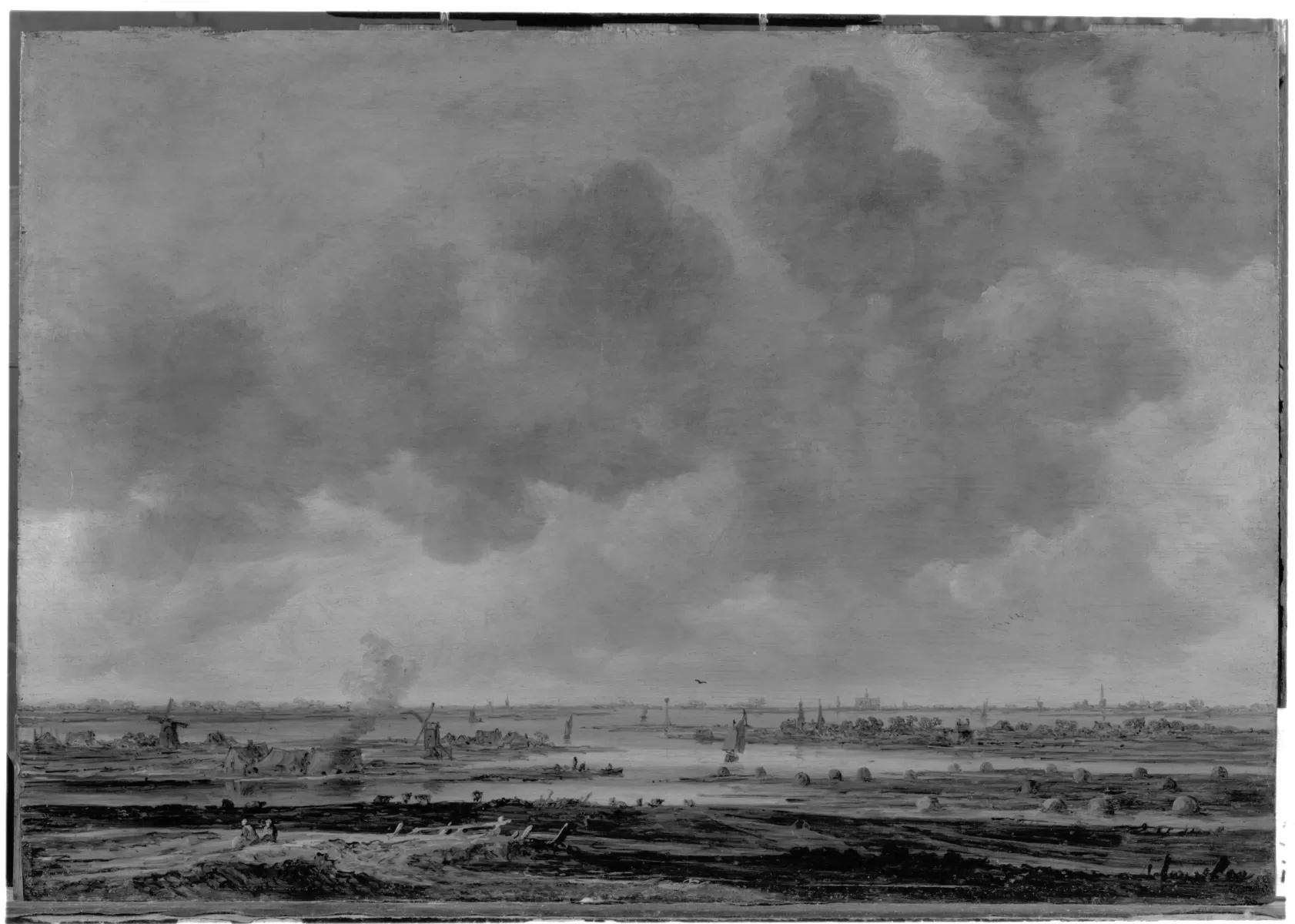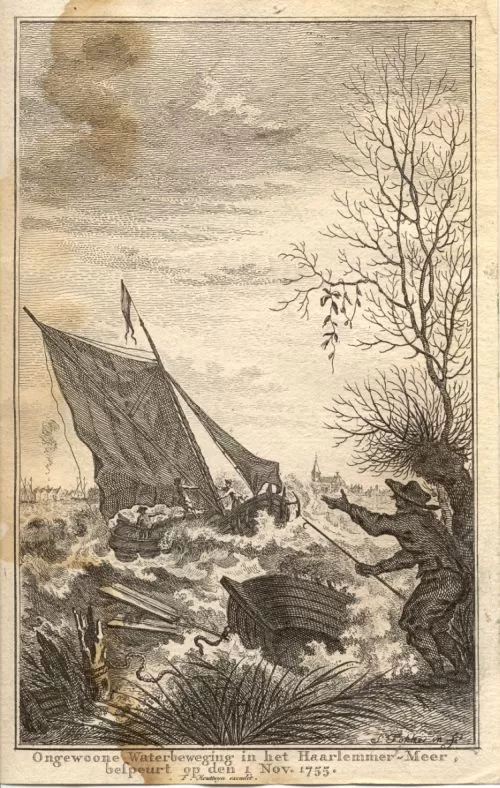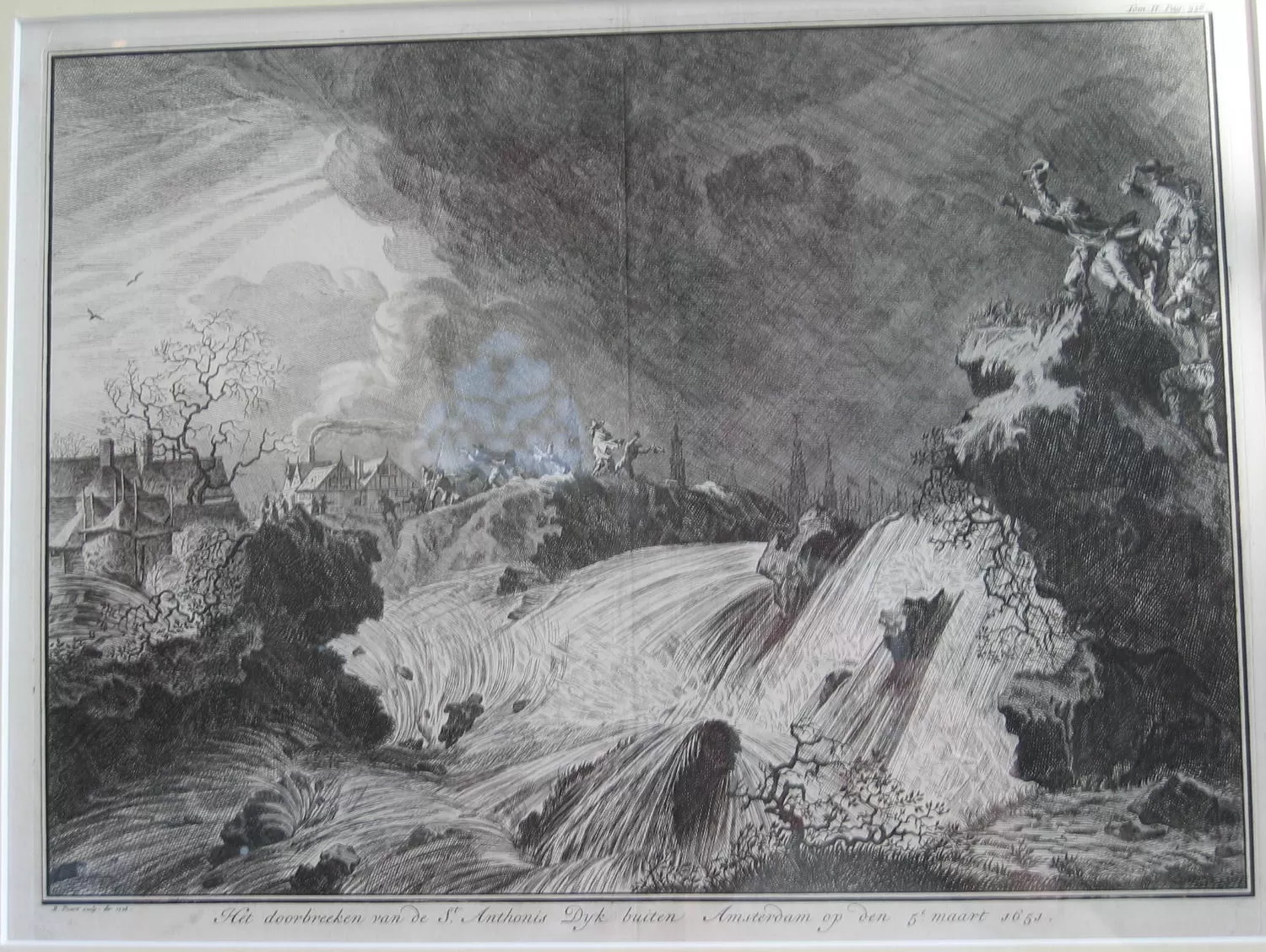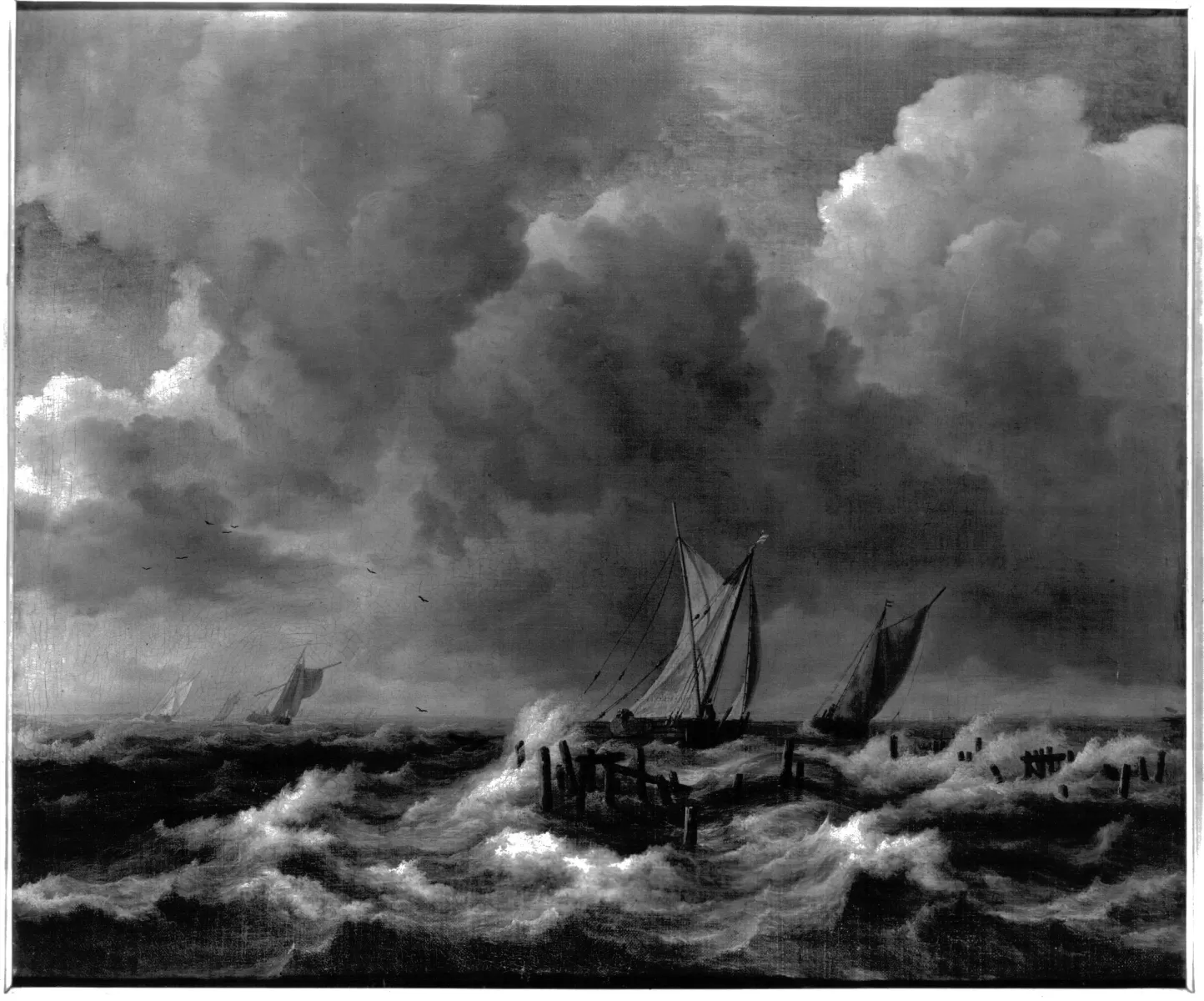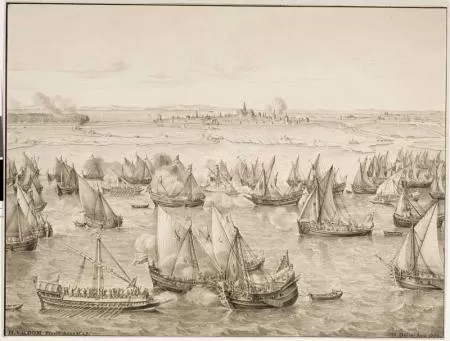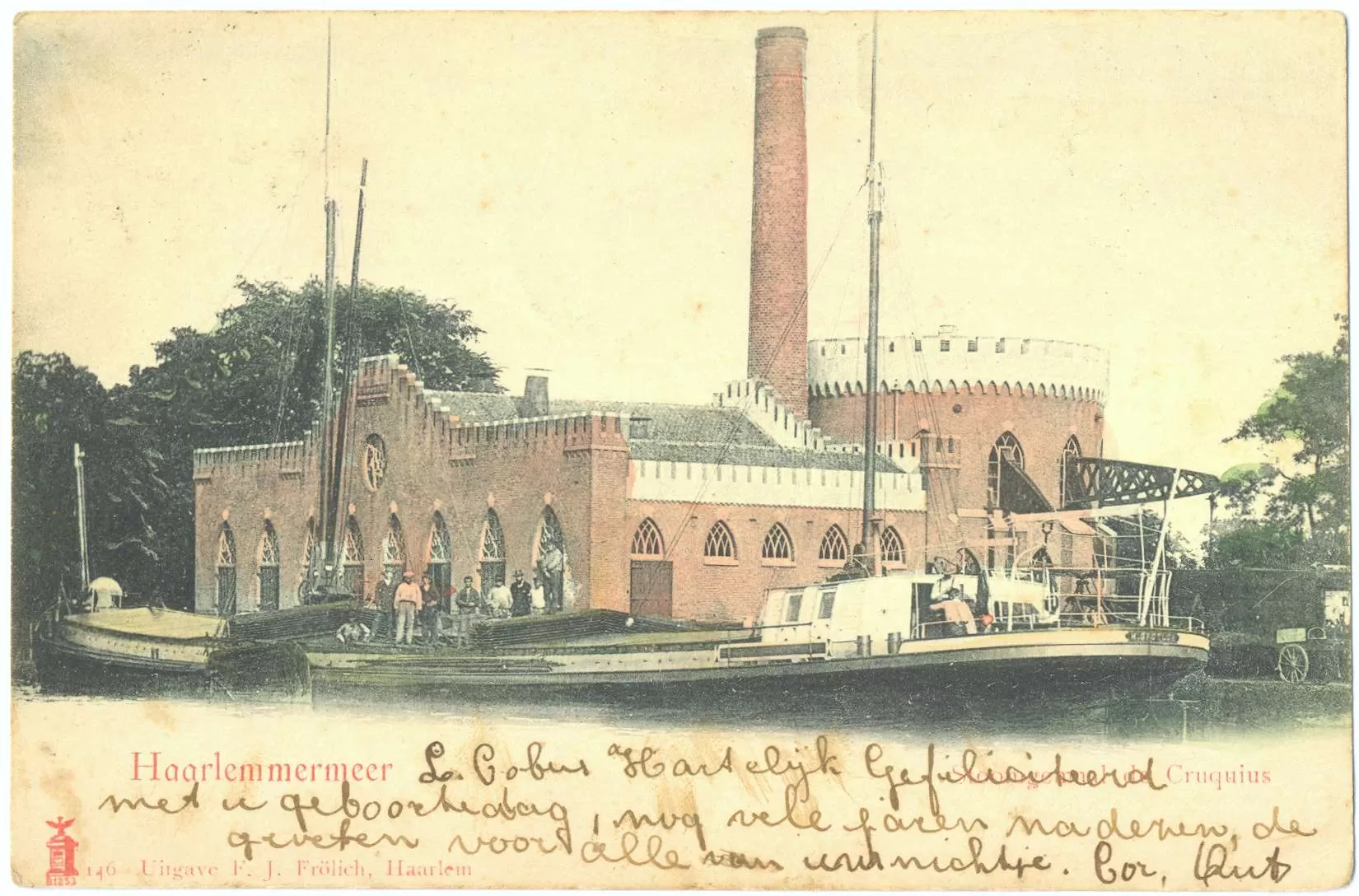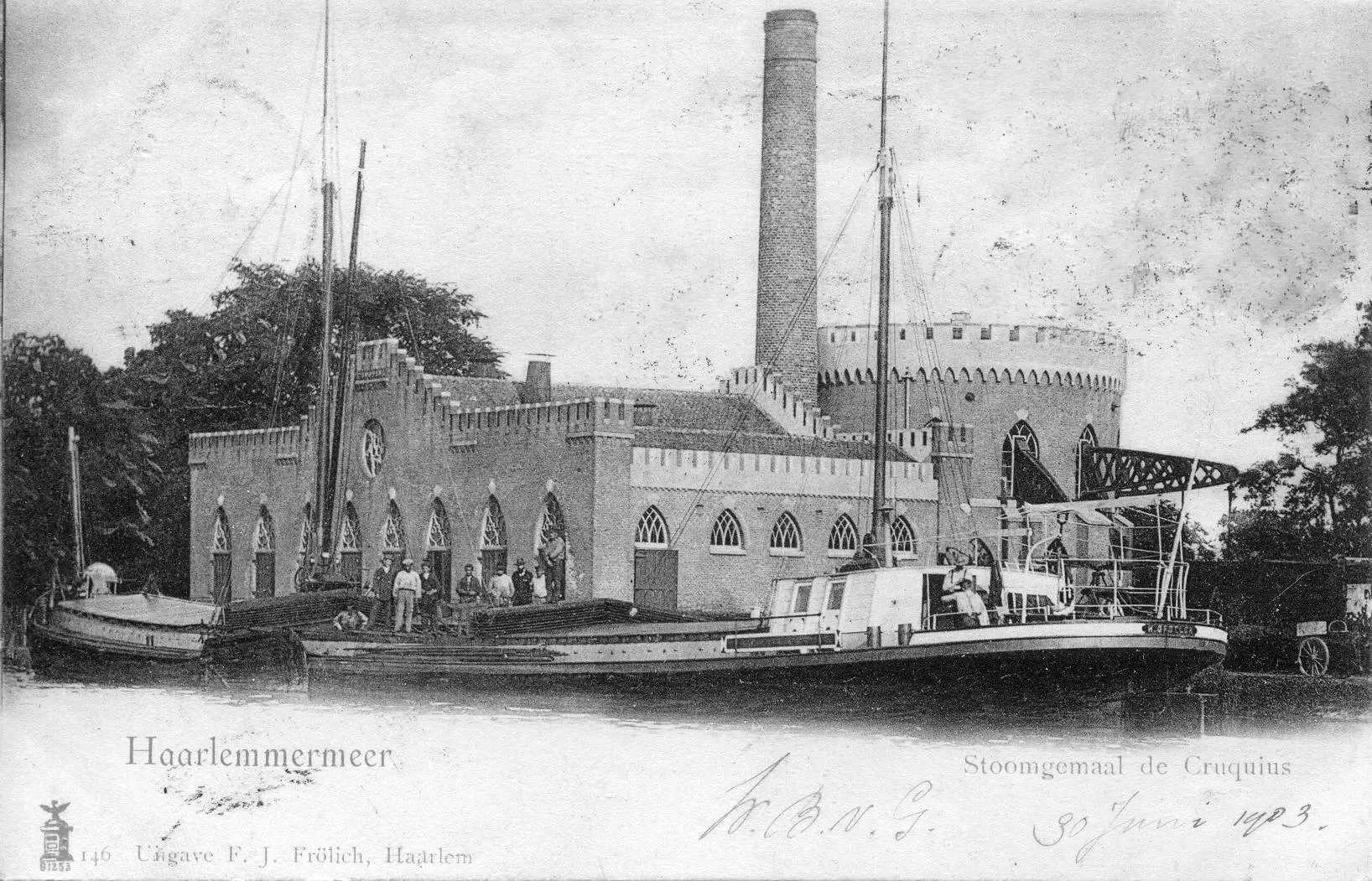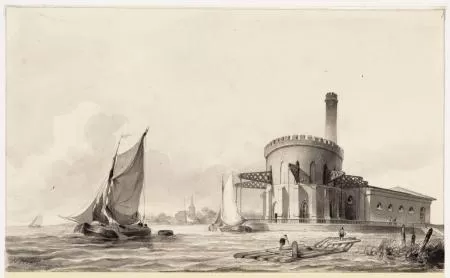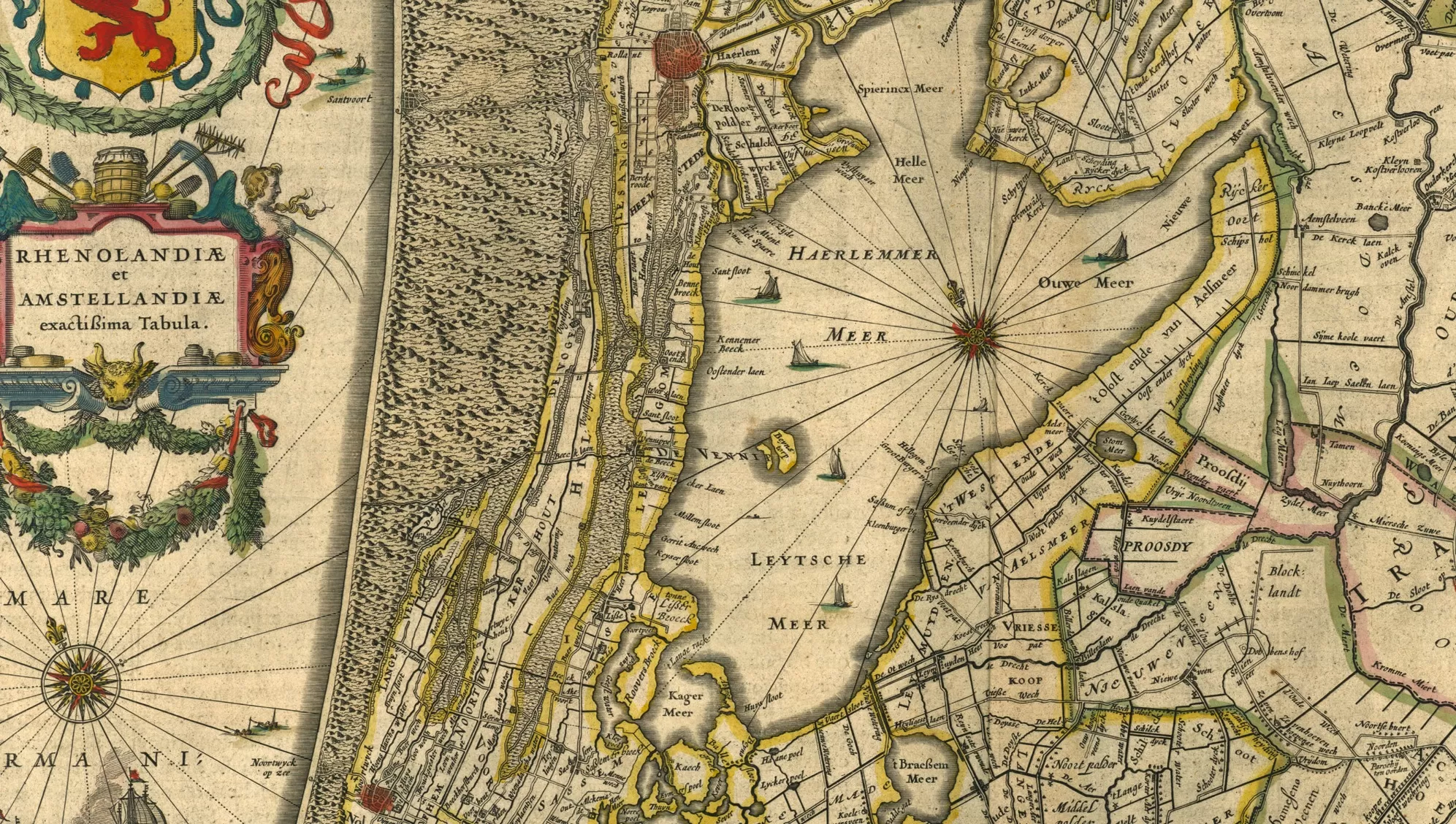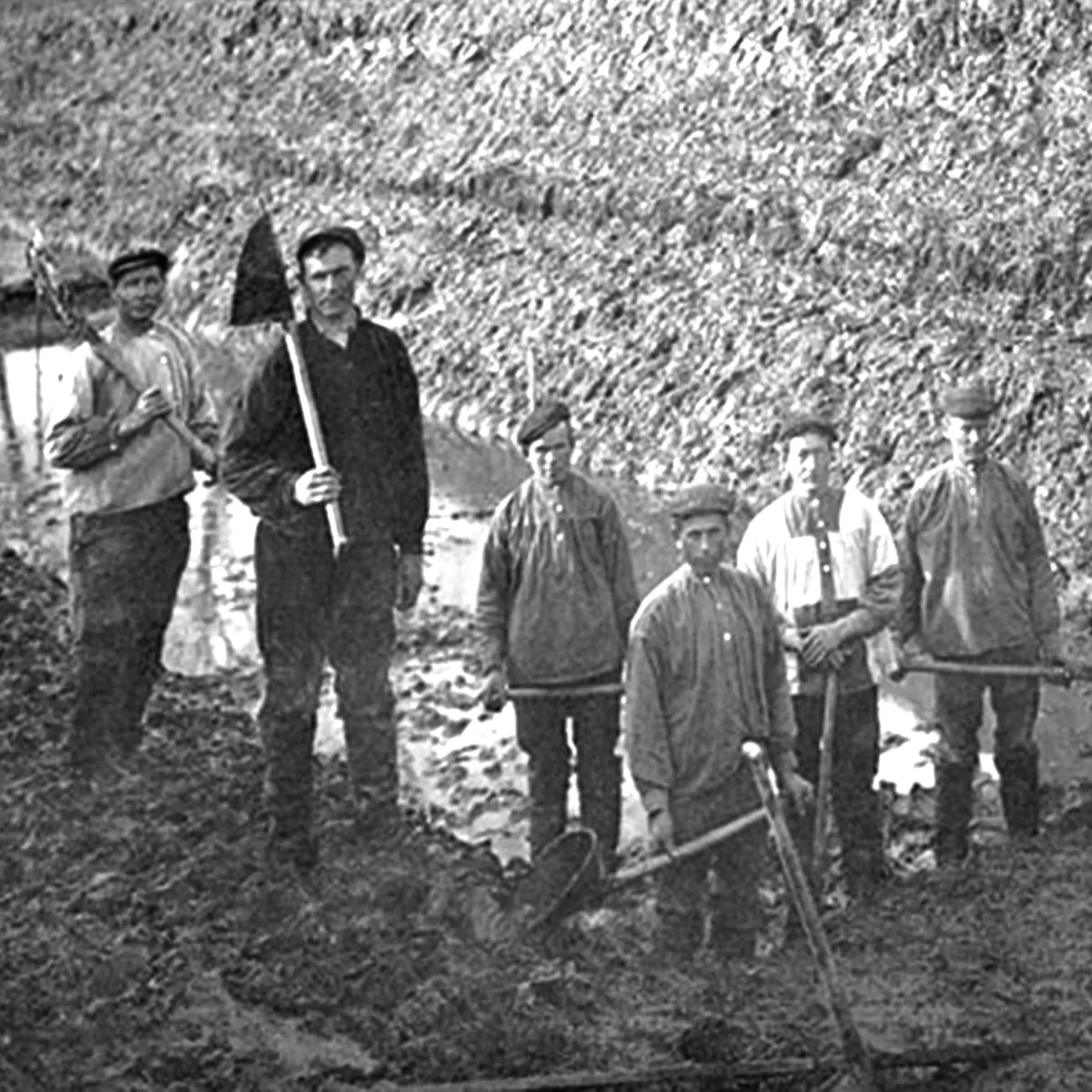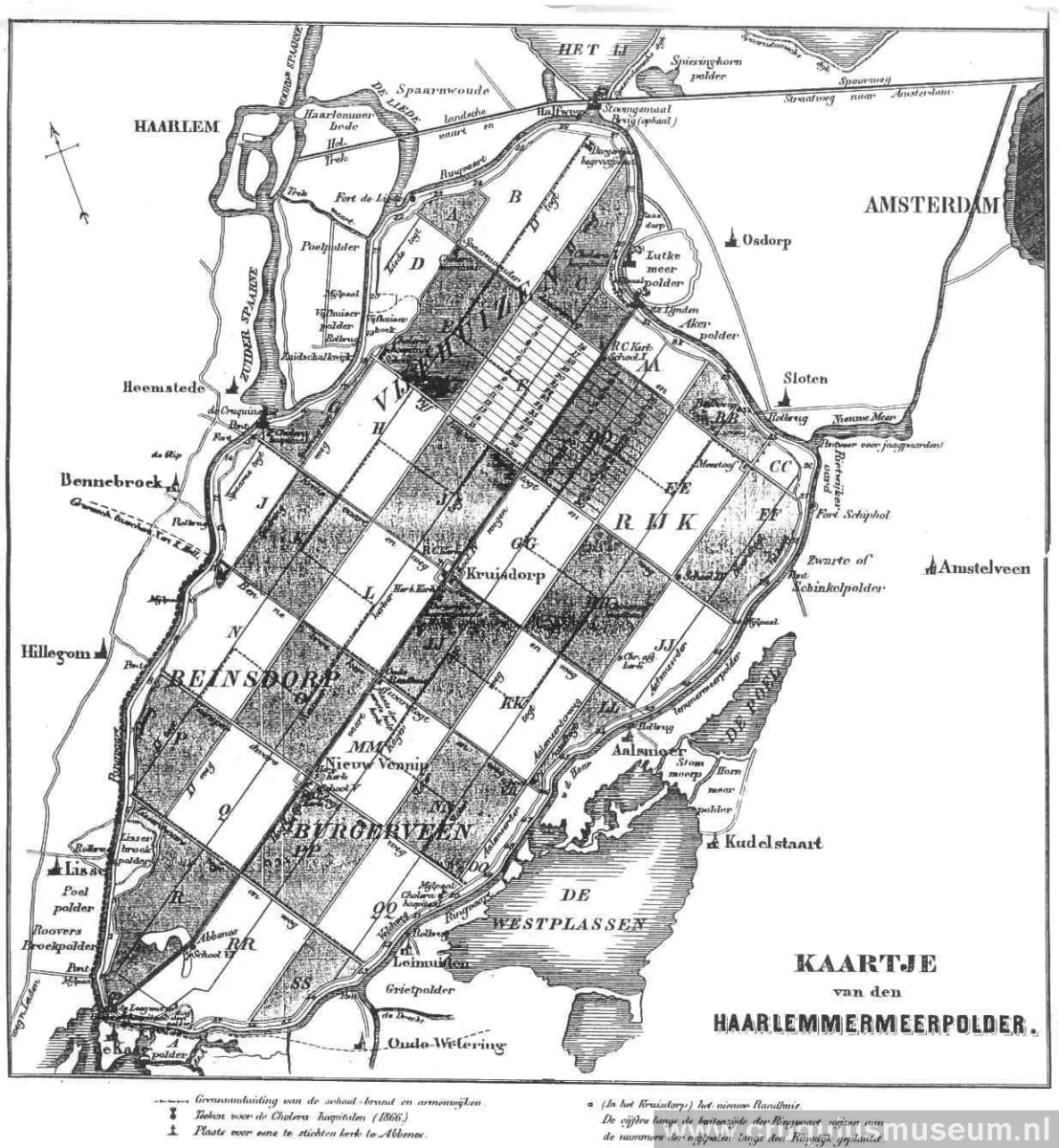Miracle of Victorian technology
The reclamation of Haarlemmermeer by means of steam power marked the breakthrough of the Industrial Revolution in the Netherlands. “De Cruquius”, commissioned in 1849, pumped Lake Haarlem dry in three years and three months, together with two identical steam-pumping stations. Both other pumping stations were drastically modernised after 50 years, but the Cruquius remained untouched.
Dutch Royal Institute of Engineers
The Cruquius was decommissioned in 1932; the Dutch Royal Institute of Engineers adopted the pumping station as a museum and saved it from demolition. The steam boilers were removed and the boiler rooms were fitted out with an exhibition about the age-old Dutch battle against the water. The museum opened in 1936, making the Cruquius one of the first technical museums in the world.
Demonstration of the machine
The Cruquius houses the worlds’ largest steam engine: its main cylinder has a diameter of 3.66 meter! The engine room, unchanged since 1849, is a miracle of Victorian technology. Models of windmills, steam engines and various pumps, polder models, old maps and prints in de former boiler rooms provide an excellent overview of the struggle against the water. There is also a water model, which shows what the Netherlands would look like without dikes and what damage a storm flood can cause. No visit is complete without a full demonstration of the largest steam engine in the world! See with your own eyes how this massive machine drained the lake.




